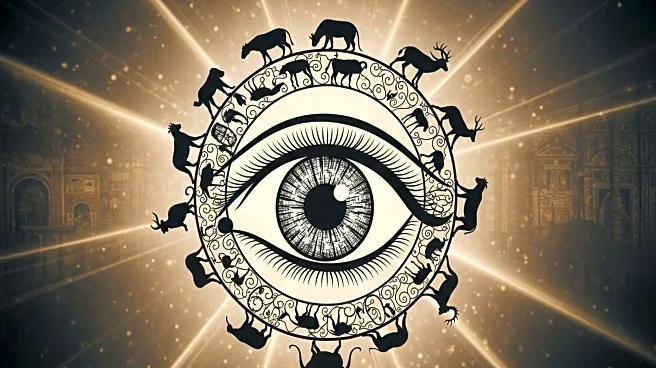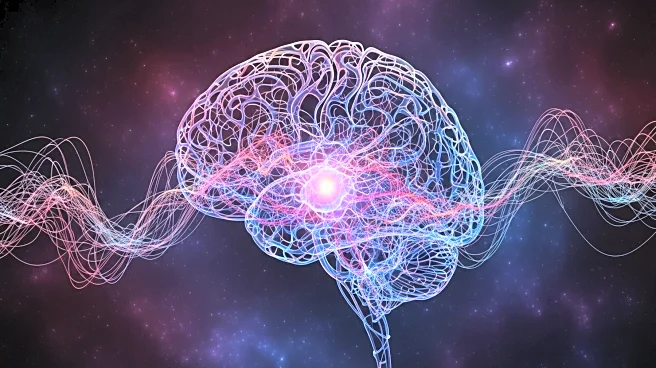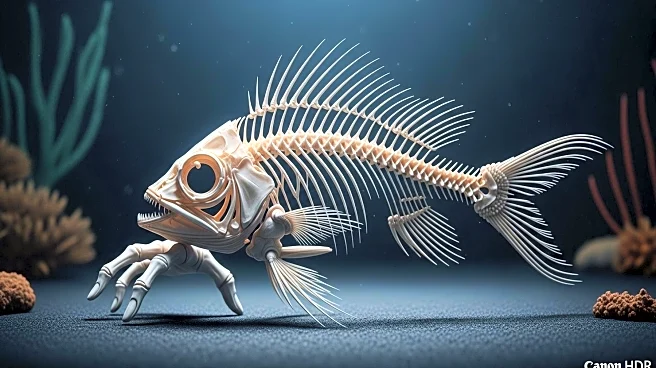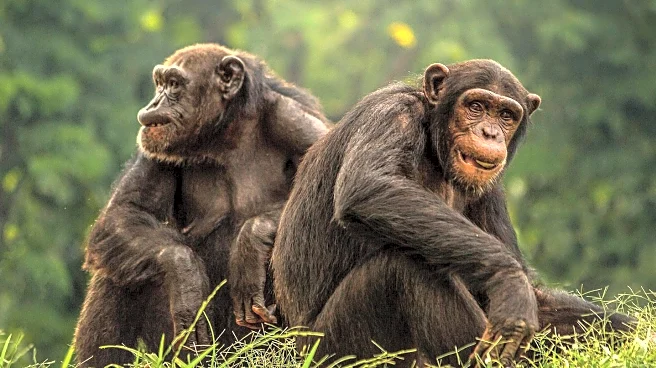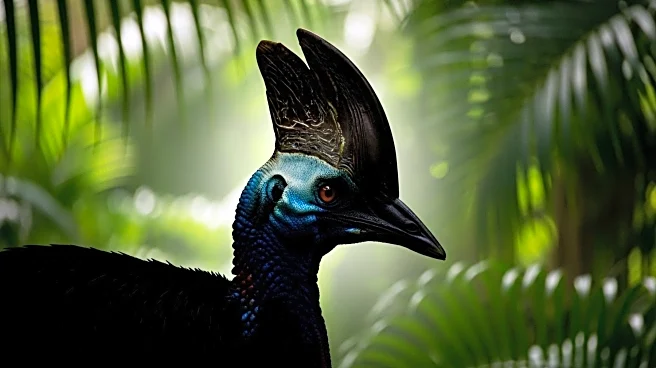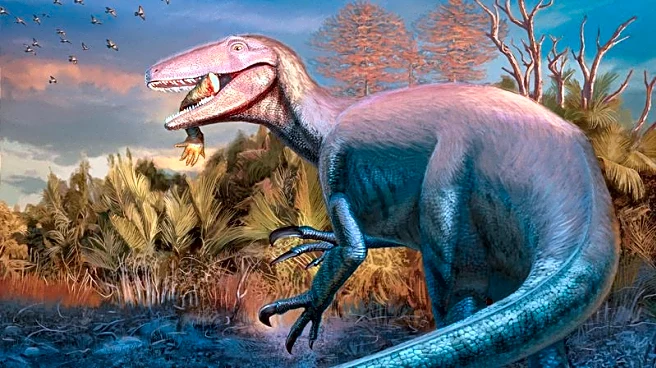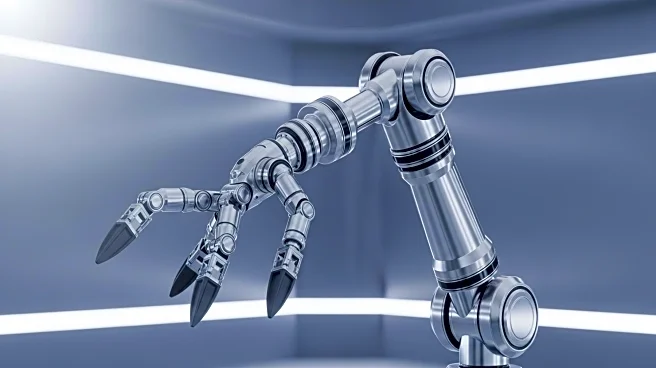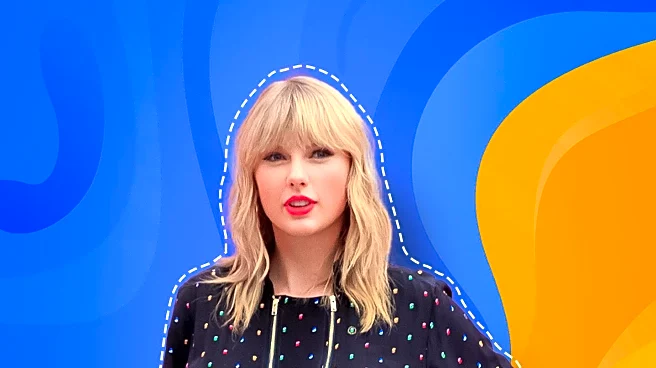What's Happening?
A discussion on the presence of short-sightedness, or myopia, in animals and its potential evolutionary benefits for ancient humans has been presented. The difficulty in measuring eyesight in animals is noted, with solitary hunters likely disadvantaged by myopia, while social animals might rely on group dynamics for survival. In humans, myopia may have been advantageous in tasks requiring close vision, such as tool-making and crafting, suggesting it did not significantly hinder survival and may have been beneficial in certain contexts.
Why It's Important?
Understanding myopia in animals and humans provides insights into evolutionary biology and the adaptation of species to their environments. The discussion suggests that myopia, while potentially disadvantageous for solitary hunters, may have offered benefits in social or communal settings. This perspective can inform current research on genetic traits and their historical significance, contributing to a broader understanding of human evolution and adaptation.
Beyond the Headlines
The exploration of myopia in evolutionary contexts raises questions about the role of genetic traits in survival and adaptation. It highlights the complexity of evolutionary processes and the interplay between genetic predispositions and environmental factors. This discussion may lead to further research on the genetic basis of myopia and its implications for modern human health and vision science.

